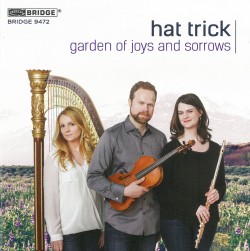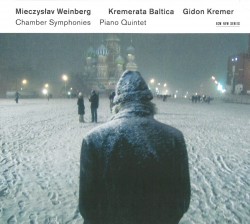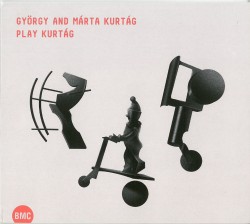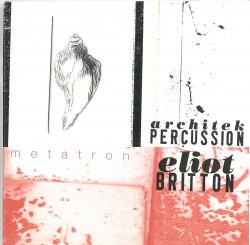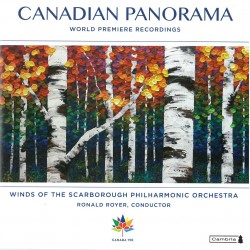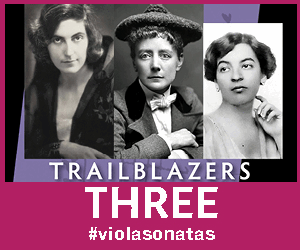Romanza: Music from Spain and South America - Azuline Duo
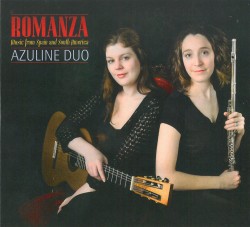 Romanza – Music from Spain and South America
Romanza – Music from Spain and South America
Azuline Duo
Independent (azulineduo.com)
The Azuline Duo’s program on this, their first CD, is a winning combination of well-known pieces by Granados, Villa-Lobos, da Falla and Piazzolla and music new to most of us by two Argentinean guitarists/composers, José Luís Merlin and Máximo Diego Pujol.
Some highlights are Villa-Lobos’ Distribuiçao los flores, where flutist Sara Traficante’s controlled vibrato and evocative changes of tone colour and dynamics are just right. In Piazzolla’s Libertango her extended technique tone-bending gets things off to a great start and she plays the tango as if she knows how to dance the tango (maybe she does!). She brings a lovely, haunting sound – a bit husky and not too loud – to Merlin’s Evocacion – conjuring up an air of mystery; and in his Joropo (a joyful Venezuelan dance, according to the notes) she handles the technical challenges with verve. However, particularly in the Spanish Dances by da Falla and Granados and in the Suite by Pujol I longed to hear more depth in her sound.
Emma Rush is a fine guitarist, a rock of stability, poised and rhythmically solid – a joy to play with, I’m sure Traficante would agree – although sometimes I found myself wishing she would let down her hair a bit and let her guitar “gently weep.”
These qualities, we all understand, take time and life experience to develop, and the excellent work so evident in this CD gives me confidence that they will come.


